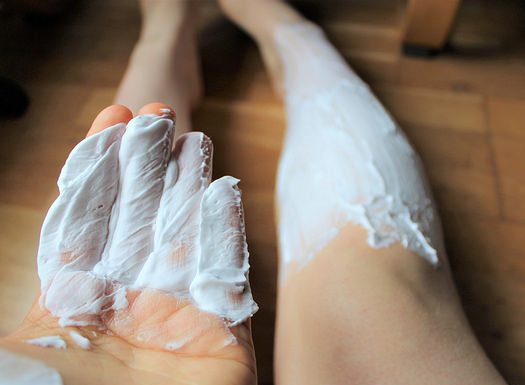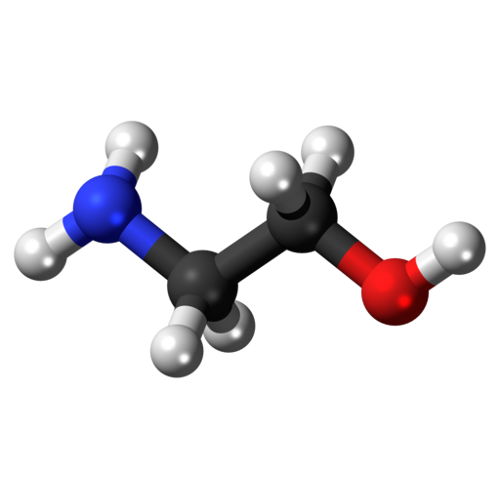What is it?
DEA, MEA and TEA are ethanolamine compounds. These compounds are clear, thick, viscous liquids that have an ammonia like smell. They are used to adjust the PH level of products, as fragrances and as emulsifying agents. When these chemicals are used in conjunction with certain preservatives that break down into nitrogen, they can create nitrosamines.
Nitrosamines are a class of more than a dozen different chemicals, which the International Agency for Research on Cancer lists individually as possible and known carcinogens. The National Toxicology Program Report on Carcinogens lists 15 individual nitrosamines as reasonably anticipated human carcinogens. In cosmetics formulations, DEA may react with other ingredients to form a carcinogen called nitrosodiethanolamine (NDEA) which is absorbed through the skin.“
http://www.safecosmetics.org/get-the-facts/chemicals-of-concern/ethanolamine-compounds/
Where can I find it?

Ethanolamine compounds such DEA, MEA and TEA are widely used in commercial soaps, lotion, shaving cream, pharmaceuticals, shampoos, household cleaners, sunscreen, dyes, eyeliners, mascaras, blush, foundation, fragrances and other personal care items.
What’s the concern?
These substances have been linked to some very serious health issues:
- In the European Union, diethanolamine (DEA) has been banned from use in all cosmetics and personal care products to reduce contamination from cancer causing nitrosamines. It has been linked to hormone disruption, cancer, liver tumors and organ toxicity.
- In addition, TEA and DEA have been associated with cancer in the liver in female mice.
- The NTP (National Toxicology Program) completed a study in 1998 that found an association between the topical application of DEA and certain DEA-related ingredients and cancer in laboratory animals.
- Bioaccumulation – Studies show that 52 to 68 percent of DEA in hair dyes, body lotions and shampoos remain on the skin after exposure.
How can I avoid it?
If you wish to avoid cosmetics containing DEA, MEA or TEA, avoid products with the following ingredients listed on the label:
- Cocamide DEA
- Cocamide MEA
- DEA-Cetyl Phosphate
- DEA Oleth-3 Phosphate
- Lauramide DEA
- Linoleamide MEA
- Myristamide DEA
- Oleamide DEA
- Stearamide MEA
- TEA-Lauryl Sulfate
- Triethanolamine
References:
https://www.fda.gov/Cosmetics/ProductsIngredients/Ingredients/ucm109655.htm
http://www.safecosmetics.org/get-the-facts/chemicals-of-concern/ethanolamine-compounds/
Photos:
https://commons.wikimedia.org/wiki/File:Ethanolamine_3D_ball.png By Jynto [CC0], from Wikimedia Commons

